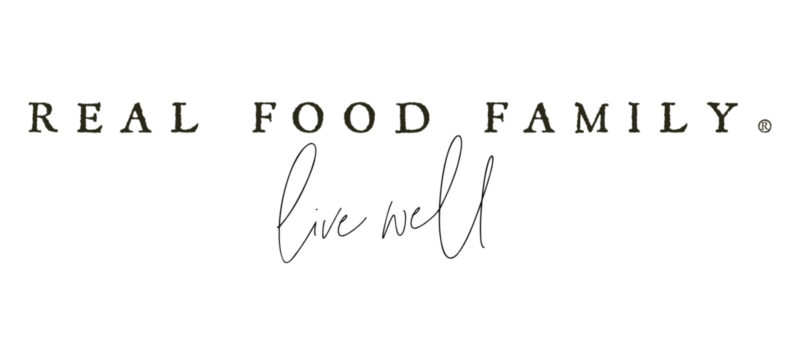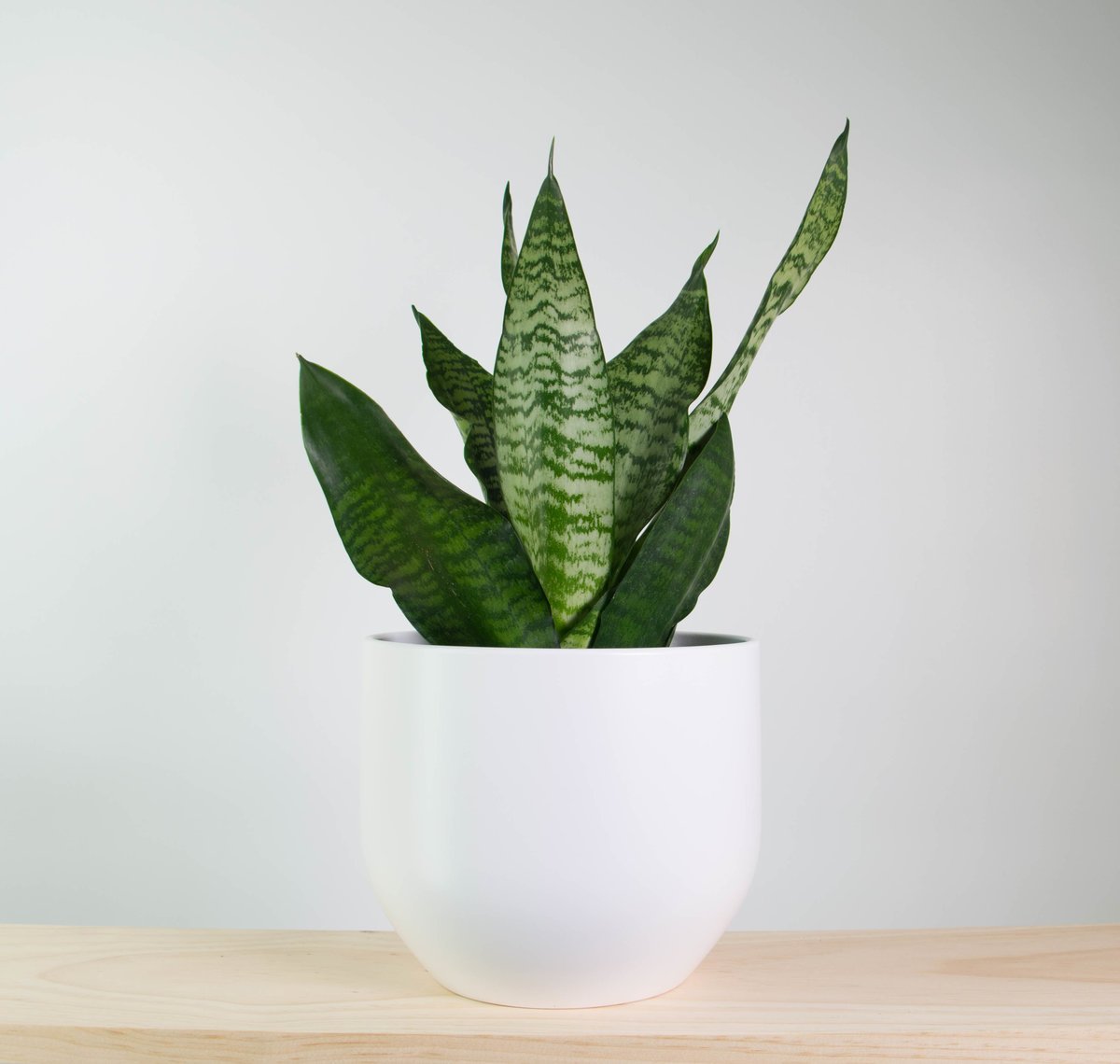You may love the idea of a clutter-free life, but the question remains… “How Do I Start To Minimalize?!”
(Don’t worry, Mom. I know this isn’t a word. “Minimizing” is correct, but playing off “minimalism” is what I’m doing here.)
Minimalism doesn’t happen overnight, and there isn’t a “right” way to do it. Please do not put pressure on yourself to make your life look like someone else’s.
I believe the idea of minimalism is a continual practice of simplifying your life. Everyone’s way of simplifying will look different.
We have four young children, we cook almost all of our meals at home, we run two businesses out of the home and we live in the Midwest with farm animals. We will not look like the Netflix guys who live out of a backpack, have a table and a couple dishes, a bed with a pillow and sheet, and a skateboard to go everywhere. Not all of our necessary life items will bring the “joy” Marie Kondo requires (more on her below).
Sometimes life requires tractors, diesel fluid, fly traps, mouse traps, bins of pet food, lots of poop-handling-devices, and even a blood bin for butchering chickens. Not exactly “joy”.
It also doesn’t have to be “joyless”. Minimalism doesn’t mean you can’t keep memories, have artwork, have throw pillows, blankets, holiday decorations and some houseplants. If you’re like us, you can have a lot of those things.
As part 3 of our Project Simplicity series, I’d like to offer some basic rules and steps I’ve adopted for my simplifying practice, followed by my steps to purging stuff and minimizing.
My Simplifying Rules:
- Make intentional decisions for every item that comes INTO your home…or into your car, which ends up in your home.
- When shopping, only purchase items you need and intended to purchase before you went into the store or shopping center. If you really want to purchase other items you fall in love with, wait a couple days or weeks before you buy it. If time passes and you still have to have it (and can afford it), then go ahead and enjoy it.
- Every time you clean an area of your home or do a load of laundry, make a decision about each item: keep it, give it away or trash it. Put the give away items in the trunk of your car right away.
- When you stop at a gas station, throw trash away while you’re waiting and put giveaway items in your trunk. Stop by your giveaway drop-off location whenever there is something to drop off, even if it’s a couple items.
- Don’t get rid of your family members’ things without them knowing. They won’t be happy with you. If you need to clean out their stuff, put everything you think should be eliminated in a box or bag and go through it with them. *If you have younger children, they will probably act like everything you want to get rid of is a treasure that they’ve never seen before, so you might need to purge their stuff secretly. For older kids who think everything is important, use this as a teaching moment about idolizing “stuff” and work with them. You may have to let them keep some things in exchange for getting rid of others.

How I Go About Clearing Rooms and Purging My Stuff
Maybe you’ve started watching the Marie Kondo show about Tidying Up on Netflix. I was very proud of myself when I started watching and discovered my method is very similar to the world-renown “Kondo” method. But I have a couple differences, so here they are.
Generally speaking, my favorite way to stuff-purge and clear out an area, room, closet, garage, cupboard or other storage area is to:
- Completely empty the area out, including the items on the walls. (Need to paint or deep clean shelves, drawers, window sills and baseboards? Do this now.)
- For entire rooms, decide what furniture and design you ultimately want. Get those Pinterest boards ready! Check out my design inspirations here. If you’re good at design, go with your ideas but make a plan instead of designing as you go or you’ll end up with everything back in the room!
- For your “stuff”, create a specific list of items to keep, such as how many place settings of dishes, how many of each item of clothing, or how many types of each toy. OR you can decide how much space you will allot to something, such as one drawer or shelf per kid for toys, one small dresser per person for all clothing, etc.. I love Pinterest for finding capsule wardrobes and necessities lists.
- Start picking up your stuff to put back in but ONLY bring back into the room or area the items you absolutely must keep. Marie Kondo’s method is all about only keeping things that bring “joy”. She’s from Japan and now lives in Southern California, I think. Some of my necessary winter stuff does NOT bring me joy. I think you can mix the “joy” method with capsule wardrobe and necessity lists and get it right.
- Stop once an area, drawer, shelf, etc., is full or looks the way you want it to. You may not bring any more items in and you must trash the junk or donate the nice items. Don’t give crap to friends or charity, it’s rude.
- From now on, make it a goal to sell things and only buy new stuff you really need with the money you make.
- Continue following the “Simplifying Rules” above and reassessing your “stuff” every time you do a load of laundry or dishes, clean out your fridge and pantry when you bring more groceries home, or dust your shelves. Create a habit of regularly looking around your home and finding things to remove. It’s also fun to alternate things to display. Instead of filling walls with framed photo after framed photo, keep nice photo books that you leave in the living room, switching out when you’ve looked at it enough.
It’s normal for things to pile up again no matter how hard you try. It might be a good idea to schedule one day per month to repeat all of this with each area of your home (and your CAR!!!). It’s a continuous cycle, but a habit worth creating for yourself and your family!
Final Note- Don’t Be In Bondage To This
I personally find that it is difficult to stay calm and focused unless my home is clean and de-cluttered. I’ve developed some anxiety in the past couple years and nothing puts me on edge like an overwhelming mess.
*HOWEVER*
I’ve had to spiritually deal with the implications of “idolizing” cleanliness and minimalism. Cleanliness is NOT godliness. When you look to earthly things as a source for GOD’s attributes of joy and peace and comfort, etc., you will never find satisfaction.
Instead of focusing entirely on all the cleaning and work that has to be done (or that I would love to have done but we will live if it isn’t done), I’ve figured out daily and weekly habits to help our family stay on top of things. We aren’t perfect with these “habits”, but keeping on top of everything has become much easier by sticking with these habits…and making the kids do more to help. 🙂
Now it’s your turn to try! What are your successes and failures with cleaning, purging and “minimalizing”?


